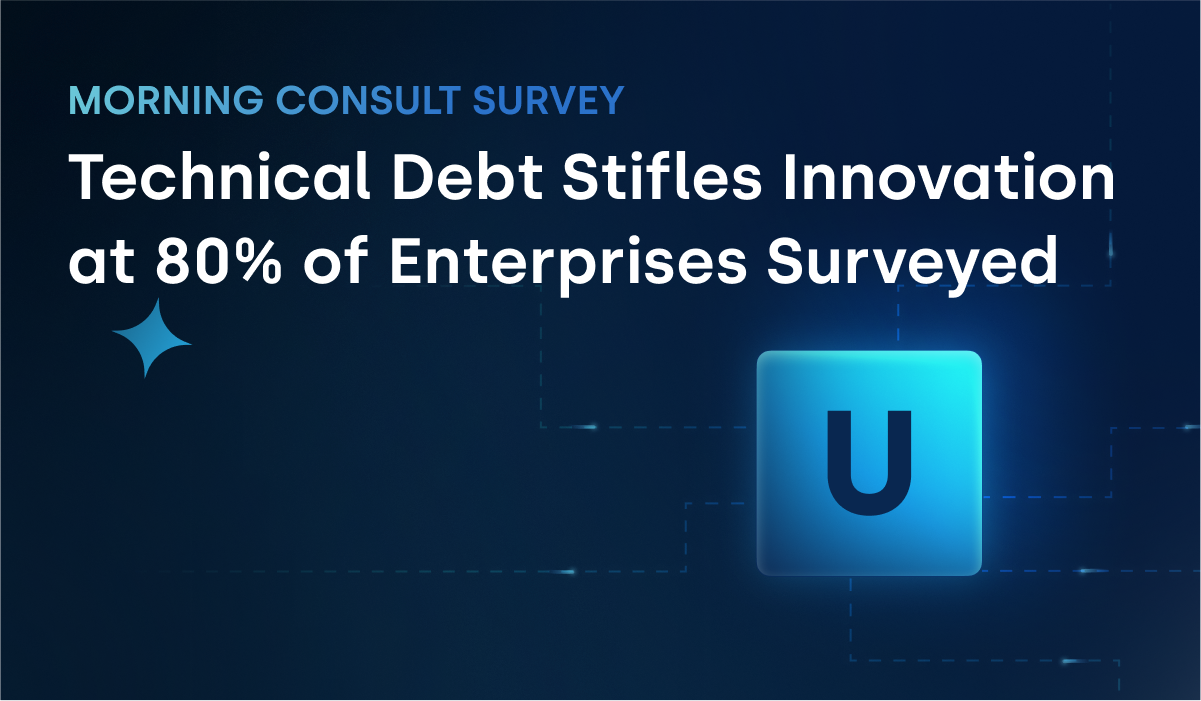Even before COVID-19 prompted an unprecedented rush for new vaccines and therapeutics, it was clear that many existing clinical trial processes were technologically outmoded. Now that the world is depending on the life sciences industry to lead the way out from this pandemic, the need to move away from in-person engagements, on-site monitoring, paper documentation, and other manual checkpoints has taken on a new urgency.
In response to today’s challenges, the industry has made many changes and regulators have appropriately updated rules to decentralize processes and move towards trial virtualization. Now, it is time to accelerate these efforts.
There are many valid reasons for the sector’s traditional resistance to transformation: Tight controls are required so that safety and efficacy can be properly assessed; high variability requires any software be tailored to address the specific needs of an individual trial, which isn’t always economically feasible; and as trials involve human participants there is a general hesitance to introducing any known-unknowns to the process.
In addition to the challenges of conducting trials while adhering to COVID-era social distancing guidelines, maintaining the technological status quo comes with many inherent drawbacks such as:
-
Increased potential for error. Whenever processes rely on manual checkpoints, rather than digital ones, you introduce the potential for human error, which could lead to protocol deviations, delays, and patient risks.
-
Inefficient coordination of systems. One recent landscape study noted that (emphasis added) “inefficient encounter-driven system[s] that relied on manual intervention … could pose institutional risk at all stages.”
-
Wasted or duplicated work. Clinical measurements, for example, are typically written by hand, re-entered into multiple systems, and then reviewed by a third-party monitor to ensure accuracy between written and electronic data.
-
Additional burdens placed on patients. In most trials, participants are required to come on-site frequently, and they may also be subject to in-person questionnaires and other forms of data gathering. Which takes on additional challenges in the age of social distancing.
While the shortfalls of current “analog” practices are well known, the industry has been reluctant to make changes for the reasons detailed above. If only one positive thing comes out of this pandemic, it might be that the urgency of the moment compels the industry and its regulating bodies to finally implement some long-overdue technical upgrades, which could have benefits beyond the current crisis.
Digital transformation, however, is no easy undertaking—particularly in complex, highly-regulated sectors such as life sciences. The good news is the industry has access to powerful technologies that weren’t available even a decade ago.
Enterprise no-code application platforms like Unqork empower organizations to build complex, scalable digital solutions with a fraction of the resources it would take using a traditional code-based approach. In this eBook we will explore two key ways no-code is being used to accelerate transformation in this vital sector, in this crucial time.




